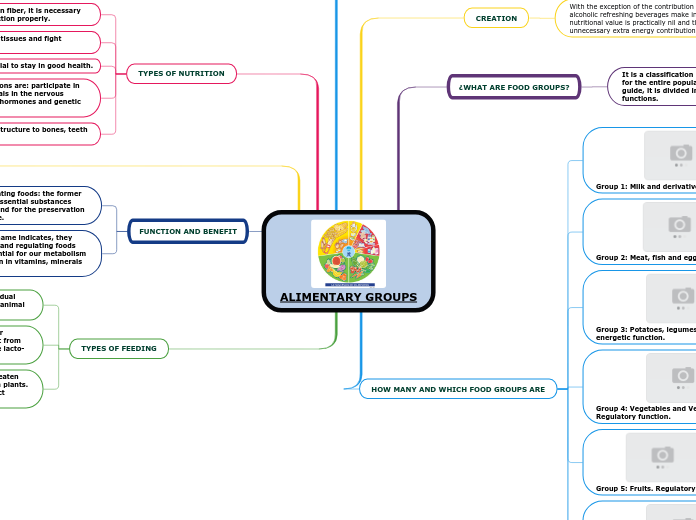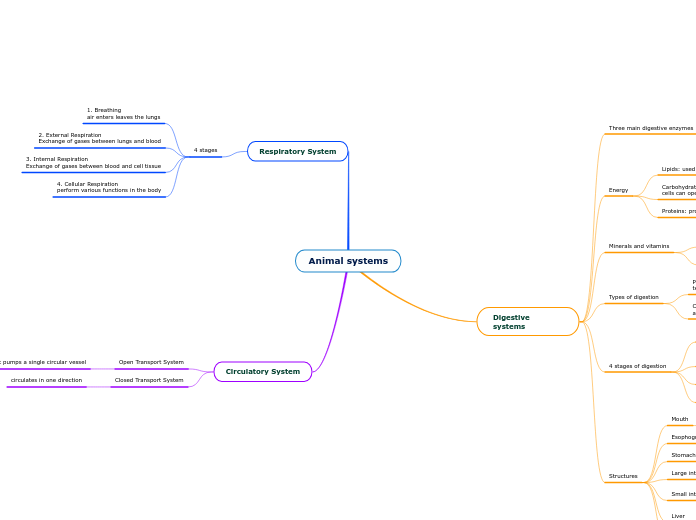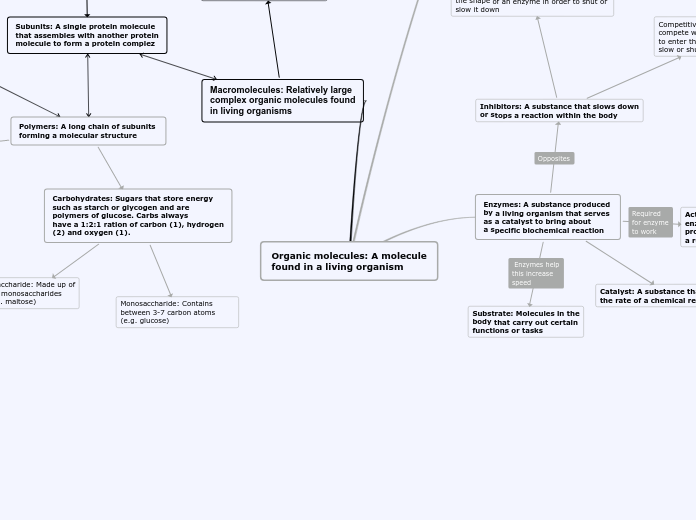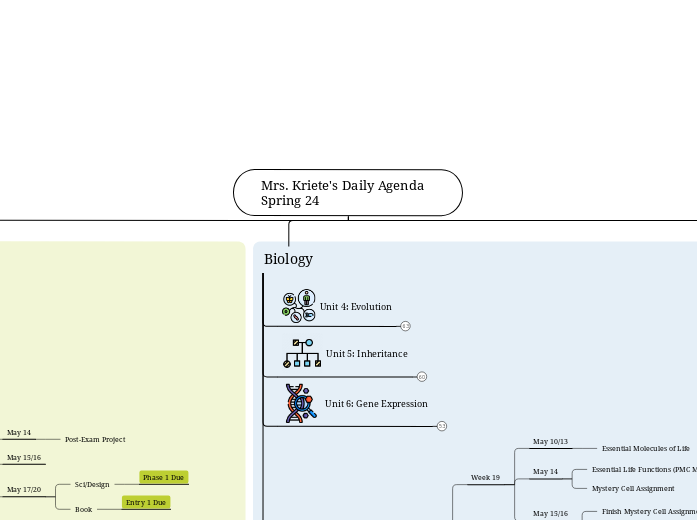によって FRANCISCO JAVIER ZAMORA PEñUñURI 4年前.
212
ALIMENTARY GROUPS
Different types of nutrients play crucial roles in our body, including carbohydrates for intestinal health, proteins for tissue repair and immune defense, minerals for bone structure, fats for overall health, and vitamins for various physiological functions.









